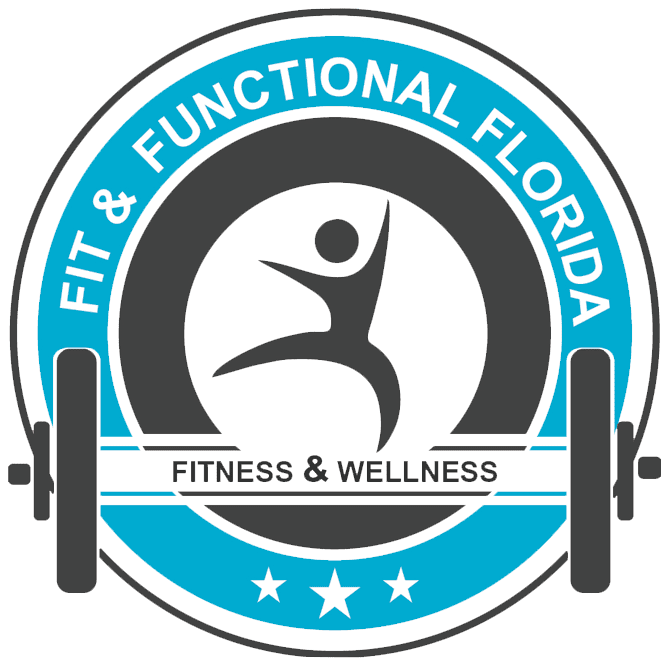What Makes Up the Core
The foundation of your core is much more than just your abdominal muscles. It includes muscles that lie deep within your torso, right up to your neck, and your shoulders. The core includes the following structures:
- Multifidus –A very deep muscle that runs from the neck (C3) to the lumbar spine (L5). Approximately two thirds of the static support in your back is produced through contraction of the Multifidus muscle.
- Interspinales, Intertransversarii, Rotatores – Deep structures that attach directly to the spinal column. These are very important for rotatory motion and lateral stability.
- Internal/External Obliques & Transversus Abdominis –These structures transmit a compressive force, and act to increase intra-abdominal pressure that stabilizes the lumbar spine.
- Erector Spinae – These muscles help to balance all the forces involved in spinal flexion.
- Quadratus Lumborum – This muscle stabilizes the 12th rib during respiration and laterally flexes the trunk.
- Thoracolumbar Fascia – This area supplies tensile support to the lumbar spine, and is used for load transfer throughout the lumbar region.
These muscles connect to the spine, pelvis, and shoulders to create a solid foundation of support. When these core muscles are strong, flexible, and move freely, then the athlete is able to generate controlled, powerful movements in his/her arms and legs.
Imbalances Weaken Your Core
Training long hours does not guarantee that you have core stability. In fact, spending too much time working within one plane of motion often creates core imbalances. Add these imbalances to stresses caused by poor posture during running, and the repetitive motions of swimming, and you have an equation for the development of a weak core.
Often the athlete tries to correct these imbalances by heading to the gym to strengthen weakened areas. Unfortunately, since many weight machines only work through one plane of motion (usually sagittal), these strengthening exercises only reinforce core instability.
Imbalances Affect Performance and Lead to Injury
Optimum posture is based on the attainment of a balance between primary muscle movers and their opposing muscles. This is referred to as a force coupled relationship – when muscles act in opposition to each other to create a movement. An imbalance is created when one muscle group is overworked in comparison to its opposing structure.
Most cyclists focus on their hamstrings, quadriceps, and gluteals and forget about the importance of core stability.
Consider how many hours the triathelete spends bent over in a flexed position on the aero bars, with no rotational or side bending motions. A strong core is needed to counter-balance these forces.
With a focus on the core, a cyclist can generate more power and can sustain a higher level of intensity for longer periods.
A stronger core also means less stress on the primary muscle movers and a delay in the build up of lactic acid.
Even minor changes such as brake position can affect core stability.
- If the brake handle position is too low, the cyclist is forced to reach too far forward with their forearms.
- This reaching position forces the cyclist to raise their head forcing the pelvic girdle posterior. This position cause a restriction in several key muscles in the core, thus reducing performance.
- The ideal position for the forearms is to have the elbows bent and the forearms flattened out. In this position, the cyclist head drops into a more comfortable aerodynamic position, and the pelvis tilts forward. In this position, the cyclist is able to use all the core muscles with improved efficiency
Following the Kinetic Chain
Consider how the chronic shortening of just one muscle can affect performance and cause injuries. There are multitude of different muscle groups we could focus on, but for our example we will chose the rectus abdominus muscle.
rectus abdominus is often shortened by doing crunches, hanging leg raises, or by spending an excessive amount of time bent over the aero bars.
The rectus abdominus attaches from the fifth to the seventh ribs. As this muscle shortens, it has the effect of:
- Pulling the chest down and moving the shoulders and head forward.
- As the shoulders move forward, the arms and hands move inward (also called medial rotation).
If we follow the kinetic chain, what started as a shortening of an abdominal structures ends up affecting posture, shoulder rotation, arm position, and even the positioning of the hands.
Running
Now consider how a shortened rectus abdominus affects a triatheletes performance during running. Although opinions about the ‘ideal running form’ vary greatly, most authorities will agree that the less energy you expend, the more effective your running style.
The following table illustrates how an imbalance in the rectus abdominus decreases the runners ability to run efficiently.
Common running recommendations
Run upright. Your back should be straight, roughly at a 90-degree angle to the ground.
Look straight ahead. Your eyes should be focused straight down the road on a point moving about 10 meters in front of you. This helps to keep you in a straight line.
Swing your arms naturally. The angle at the elbow between your upper and lower arms should be about 90 degrees. Your hands should be loosely cupped, about belly level.
How a shortened rectus abdominus affects your running
A shortened rectus abdominus will pull the runners posture forward. This causes a braking action that reduces running economy.
As the rectus is shortened, it pulls the chest forward and pushes the head down. In order to look straight ahead as instructed, the athlete wastes a considerable amount of force in trying to overcome the contracted rectus abdominus.
As the shoulders move forward, a shortened rectus abdominus causes the arms to rotate internally. This makes keeping your arms relaxed at the recommended 90-degree angle much more difficult, again reducing running economy.
This is only one example. When performing a biomechanical analysis, it is very common to see numerous imbalances of which the athlete is completely unaware.
